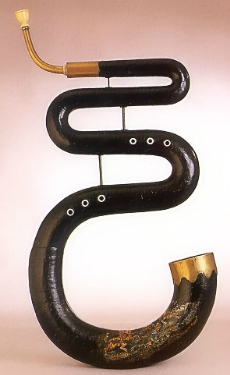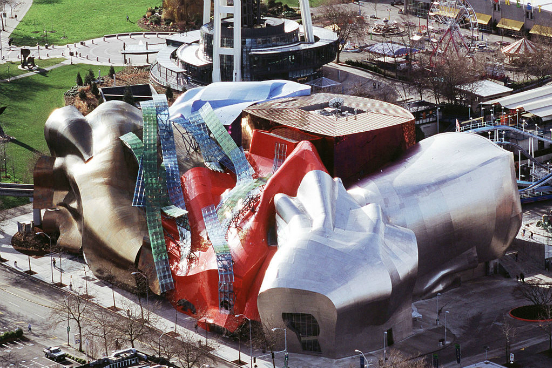Music and Museum
TOPIC
A round table discussion was called within the Budapest Liget project to share views about the planned House of Hungarian Music. It seems quite obvious that putting music into a museum is a daunting challenge.
| Hermann Veronika |
2015-06-05 10:39 |
 Music and lyrics
Music and lyrics
Museums of fine art are still the real attractions in any given big or smaller city, although in museums specialised in specific fields, themes or sciences seem to be slowly outnumbering them. Among the museums of applied art those dealing with architecture and design are becoming increasingly dominant, however for music and for literature the road to fame is still full of hurdles. For music it is even more difficult than for literature, since the post-modern turn reduced the void between quality and popular literature, something that has been influencing visitor attitudes to texts. In other words readers and critics have a more plausible consensus over what makes a literary text and this offers more opportunities for literary museums. In the case of music the gap between classical and popular music often widens up into a precipice concerning the values and preferences of consumers and critics. And this seems to be true for the general values of these two groups outside the realm of music too. To see this clearly, it is enough to have a look at the world’s largest museums’ music collections.
Music is a must
The National Museum of Music in the USA is located on the campus of the University of South Dakota. It wishes to show different cultures through instruments which belong to different ethnic groups, historical periods and geographical locations. This way the exhibition attempts to go beyond itself and to tell us anthropological stories. No wonder we see a piano from the 18th century, a 17th century horn and an African tribal drum juxtaposed with each other. The collection is not structured around eras or geographical origin but around types and typicalities.
One of the most famous music museums, the Musée de la Musique, is part of the Cité de la Musique complex in Paris. The museum’s collection mostly originates from the Cité de la Musique itself, which is the music academy of the French capital. The largest sub-collection is that of the guitars, approximately 200 pieces are included ranging from the classical ones to the ones used in pop music. In Germany the Historiches Museum’s Babel Museum für Musik, on the other hand, displays their instruments along a historical line placing the instruments into a historical and not into anthropological context. This way the cultural-historical context is emphasised and not the ways there were used.
Pop music is not a crime
The EMP Museum in Seattle has a clearer profile which is also expressed by the architectural design. The museum building forms a guitar and focuses on popular music. Microsoft co-founder, Paul Allen funded the project in 2000, which since than has created such exhibitions as the Women Who Rock: Vision, Passion, Power, or the Yes, Yes, Y'all: The First Decade of Hip-Hop. Several Nirvana exhibitions have been created in the city that, besides Boeing and Starbucks, gave Kurt Cobain to the world. They also housed exhibitions on Chicago blues musicians and Annie Leibowitz’s musician portraits.

The temporary exhibitions in the EMP indicate that the museum follows the general trends of popular culture research rather than pop music research itself. This is more understandable if one knows that the complex is also a sci-fi and pop culture centre with Ray Bradbury, Steven Spielberg, James Cameron és George Lucas on its board.

The examples show that music is approached in many different ways and a strong concept is essential to create a meaningful exhibition on any form(s) of music.